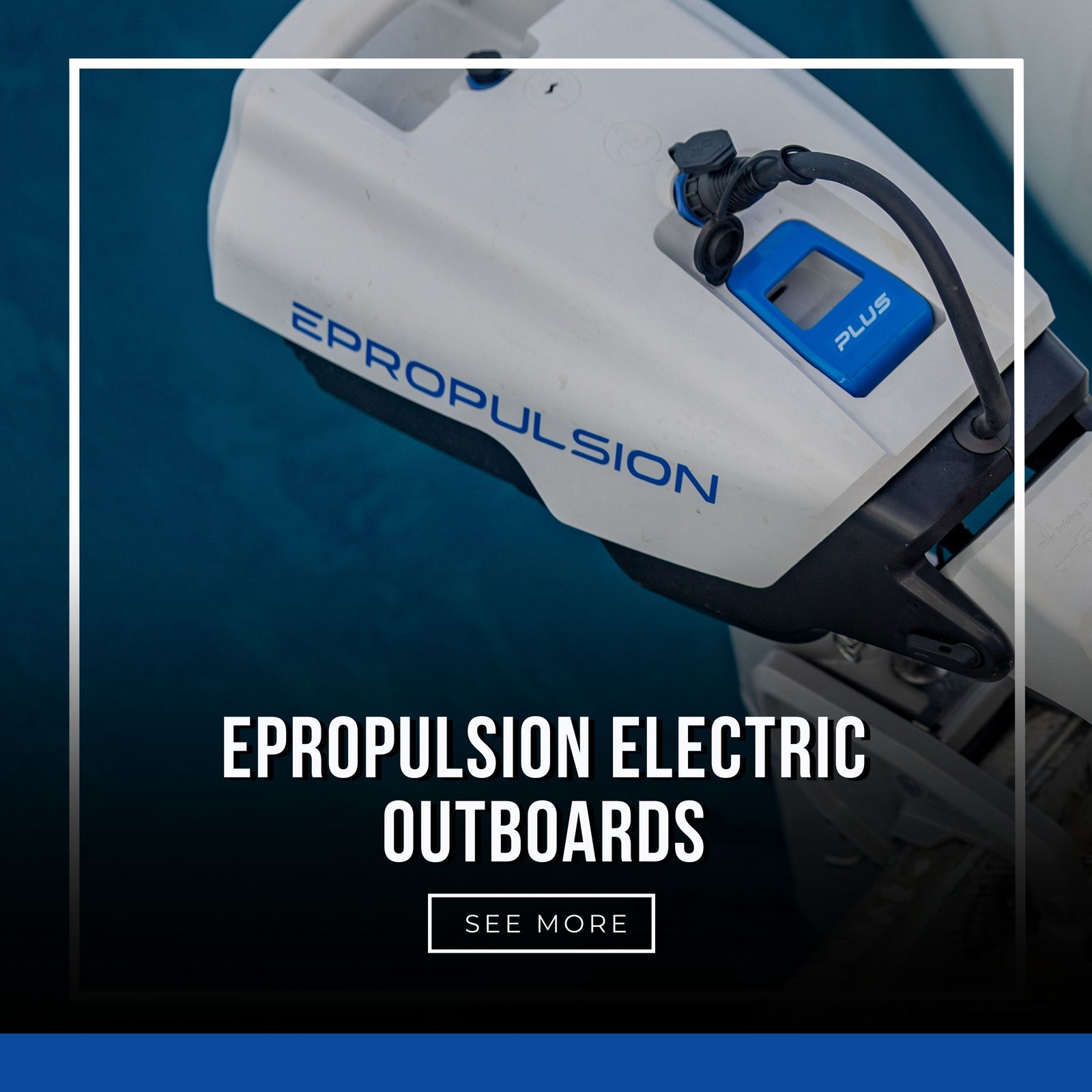Your Cart is Empty
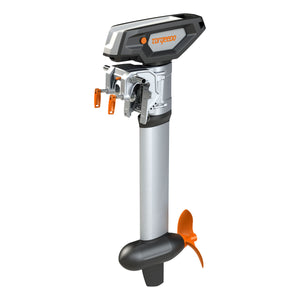
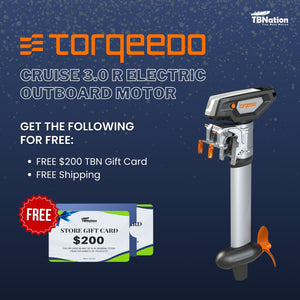
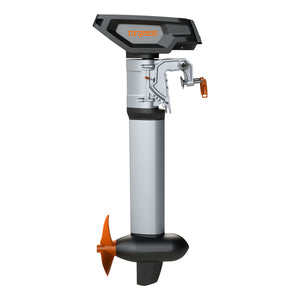
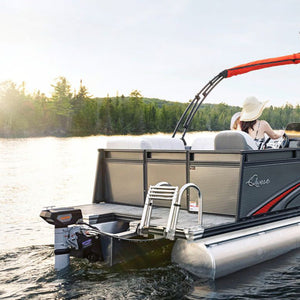
Torqeedo Cruise 3.0 R Electric Outboard Motor - 6 HP
$4,298.00
4298 ENTRIES for Boat Giveaway 🎟️
- #1 EPropulsion Dealer in the USA
- "Lowest Price Guaranteed"
- Fast & Flat Rate Shipping: In Stock - Ships in 2-3 Days In Stock & Ready to Ship In Stock - Ships in 2-3 Days - ETA 3-5 Business Days - ETA 2 Weeks - ETA 1 Month
- Questions? Call an EPropulsion Expert: 404-720-3975
- #1 HydroTurf Dealer in the USA
- Lowest Price Guaranteed
- Free Shipping Over $200: In Stock - Ships in 2-3 Days In Stock & Ready to Ship In Stock - Ships in 2-3 Days - ETA 3-5 Business Days - ETA 2 Weeks - ETA 1 Month
- Questions? Call a HydroTurf Expert: 404-720-3975
- Pre-Order Now - Arrives in
- The Only USA Authorized Distributor
- Free & Fast Insured Shipping Over $200
- Questions? Call an AutoBoat Expert: 404-720-3975
- Lowest Price Guaranteed
- Made to Order - Ships in 1 week
- Free Shipping over $200
- Questions? Call an Expert: 404-720-3975
- Lowest Price Guaranteed
- Out of Stock In Stock and Ready to Ship On Backorder - ETA 1-2 Weeks
- In Stock and Ready to Ship On Backorder - ETA 1-2 Weeks
- Free Shipping over $200
- Questions? Call an Expert: 404-720-3975
Powerful 6HP Electric Outboard Motor for Sailboats, Dinghies & Displacement Hulls
⚡ PRE-TARIFF SALE - FREE $200 TBN Gift Card with Outboard Motor Purchase ⚡
Cruise motors are the top choice for electric propulsion among motorboats, dinghies, and commercial users—offering reliable performance with smart, integrated technology. Every Cruise system features a built-in GPS and onboard computer with a display showing speed, input power, state of charge, and remaining range. The streamlined pylon is lightweight, low-drag, and equipped with advanced helical gears for quiet, efficient operation.
The Cruise 3.0 R is a 24-volt electric outboard equivalent to a 6 HP gas motor—ideal for displacement hulls up to 3 tons or sailboats up to 30 feet. Paired with a Power 24-3500 lithium battery, it delivers over an hour of runtime at full throttle and extended cruising time at lower speeds.
Need more power or range? Expand your setup with up to eight Power 24-3500 batteries. The Cruise 3.0 R is designed for remote steering and pairs best with the 1918-00 standard throttle or an upgraded TorqLink throttle (sold separately; TorqLink gateway required).
Cruise 3.0 R – Key Benefits:
- 3,000 W high-efficiency drive; 6 HP equivalent
- Optimal performance when paired with the Power 24-3500 battery
- Remote-ready with link arm for standard marine steering systems
- Choice of throttles to match your setup (1918-00 or TorqLink options)
- Rugged pylon with integrated fin for impact protection
- Built with marine-grade, seawater-proof aluminum
- Advanced galvanic corrosion protection and isolation between metals
- Ships with anode set for both freshwater and saltwater use
- Compatible with 24V third-party batteries (matching power requirements is essential)
Specifications:
| Input power in watts | 3000 |
| Propulsive power in watts | 1530 |
| Comparable petrol outboards (propulsive power) | 6 HP |
| Comparable petrol outboards (thrust) | 8 HP |
| Maximum overall efficiency in % | 51 |
| Static thrust in lbs* | 142 |
| Integrated battery | - |
| Nominal voltage | 24 |
| Final charging voltage | - |
| Total weight in kg | 18.9 (S) / 19.4 (L) |
| Motor weight without battery in kg | - |
| Weight of integrated battery | — |
| Shaft length in cm | 62.5 (S) / 75.5 (L) |
| Standard propeller v = speed in km/h at p = power in watts |
Propeller B 12 x 10,5 WDR |
| Alternative propeller options | — |
Propeller Guide:
| Maximum propeller speed in rpm | 1100 |
| Control | Remote throttle |
| TorqLink | No |
| Steering | Provision to connect to standard remote steering; lockable |
| Tilting device | Manual with grounding protection |
| Tilt angle | 61,3° |
| Trim device | Manual, 4-step |
| Integrated on-board computer | Yes |
| Stepless forward/reverse drive | Yes |
*Torqeedo measures static thrust using internationally recognized ISO standards. Conventional trolling motors often use different methods that tend to show higher thrust values. To compare fairly, add approximately 50% to Torqeedo's static thrust figures when comparing with traditional trolling motor ratings.
Want to see the technical drawing? Click here to view the full diagram.


